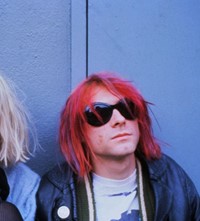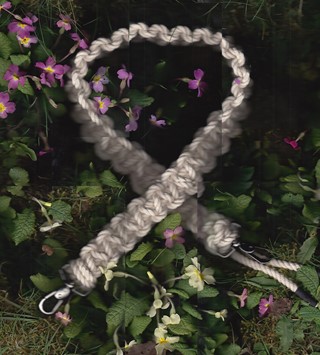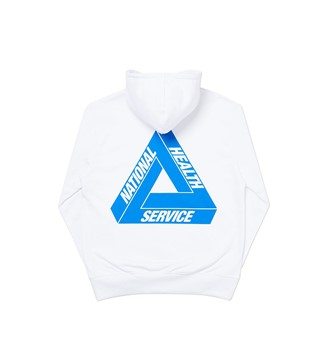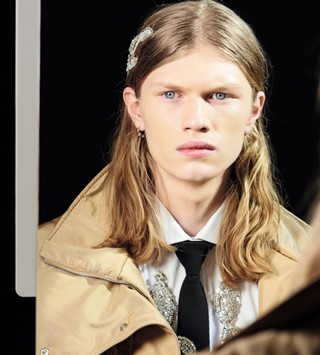In celebration of his birthday, we explore the Nirvana frontman’s wholly anti-fashion approach to fashion
In his short time on this planet, Kurt Donald Cobain came to be known – somewhat begrudgingly – as the face of grunge.
As the scene rose out of Seattle in the early 90s and spread to the four corners of the globe, the Nirvana frontman was as lauded for his image as he was for the music he penned; his seemingly insouciant, thrown-together looks (that were in fact the result of an inherent sense of style) becoming a uniform for a generation of disillusioned kids.
Rising out of the ashes of the indie-rock and punk scenes of the 1980s, grunge was defined by its introspective lyrics, reverberating guitars and scuzzy basslines, with the look adopted by its pioneers – Nirvana among them – reflecting just that. Favouring worn-out Levi’s that sat high on the waist, the kind of cardigans your grandad might wear and heavy plaid overshirts, their approach to clothes was more anti-fashion than fashion.
While the musician found his position as grunge’s poster boy problematic, in some ways he used it to his advantage, particularly when it came to taking a personal or political stand, as he frequently did. The musician often wore t-shirts bearing the names of the bands that had influenced him – most notably those of Daniel Johnston, Grateful Dead, Pixies and Mudhoney – and used his falling-apart-at-the-seams Chuck Taylors and white shirts as a canvas on which to scrawl his anti-establishment sentiments. (He once wore a t-shirt emblazoned with the slogan “Corporate Magazines Still Suck” to a Rolling Stone shoot.)
He didn’t just stop at using words to put his point across, though. The musician regularly opted to wear a dress – often floral – to perform in, in a move that was particularly shocking given the overtly masculine nature of rock music up until that point. Cobain proved himself an ally of both women and the LGBTQ+ community time and time again, by denouncing homophobia (“I am not gay, although I wish I were, just to piss off homophobes,” he once said), racism and misogyny, and forging strong friendships with the likes of Kim Gordon from Sonic Youth, Bikini Kill’s Kathleen Hanna and RuPaul. Echoing Iggy Pop’s sentiment before him, Cobain saw no shame in wearing a dress, because femininity was nothing to be ashamed of.

By 1991, Cobain had embarked on a tumultuous, heroin-fuelled affair with Hole’s Courtney Love, which saw them marry atop a cliff in Hawaii the following year; she wearing a dress previously owned by tragic Hollywood actress Frances Farmer, he a pair of green pyjamas (clutching his own bouquet). The newlyweds immediately became the first couple of grunge, and their status as the crowned king and queen of the scene saw the fashion industry sit up and take note.
In 1992, in a move that went against the very ethos of grunge, Marc Jacobs created a collection inspired by the subculture, elevated by way of fabric and construction to luxury standards, for American fashion house Perry Ellis. Having sent pieces of the collection to Kurt and Courtney as gifts, the couple reportedly burnt them, giving a pretty clear indication as to Cobain’s opinion on becoming a bona fide fashion icon.
Just two years later, Cobain tragically commit suicide at just 27, and didn’t live to see just how far-reaching and enduring his influence was. Given he once joked that he’d “rather be dead than cool,” perhaps he wouldn’t have wanted to, anyway.
More from our Style Icon series:
The Enduring Style of John F. Kennedy Jr.
Why Jim Morrison Was the Ultimate Romantic Rebel
The Spectacular Style of Cecil Beaton















